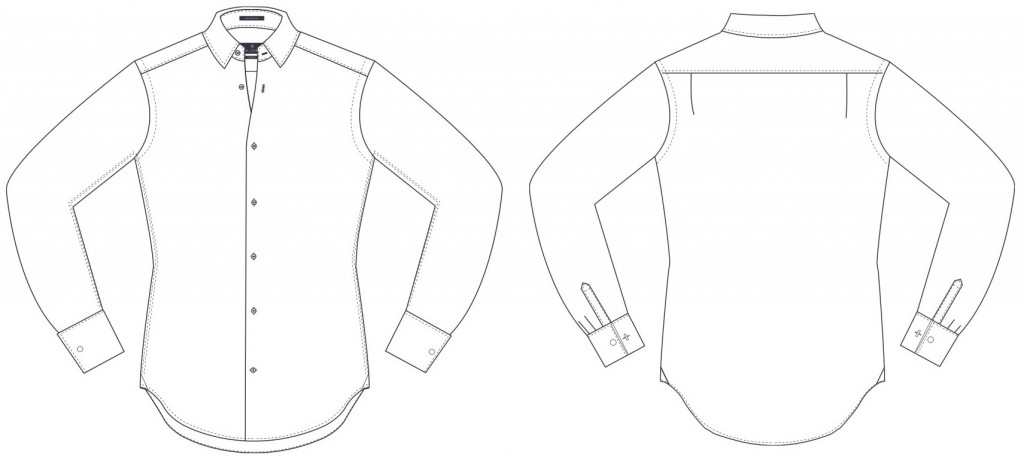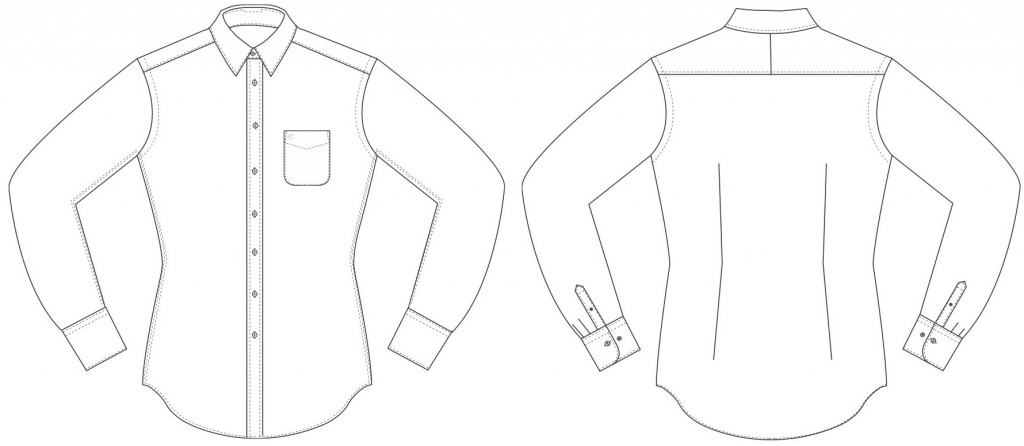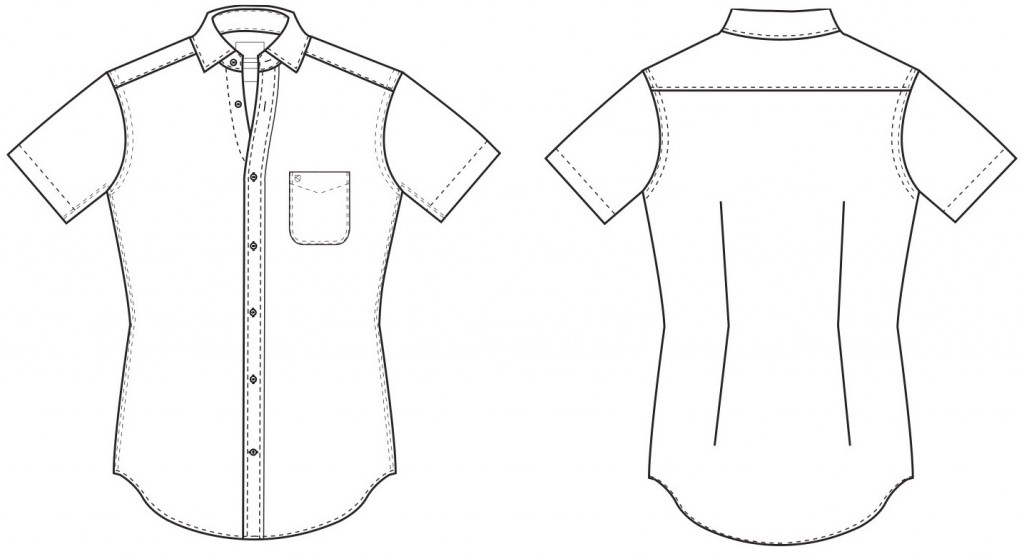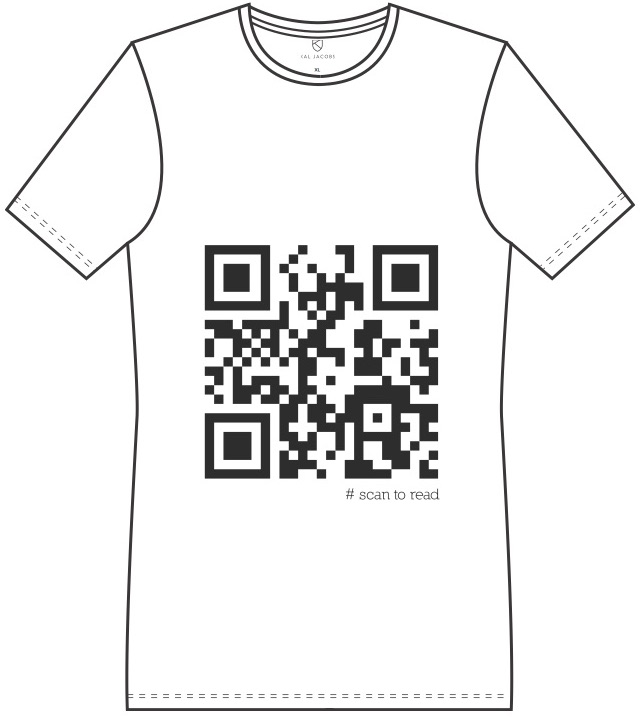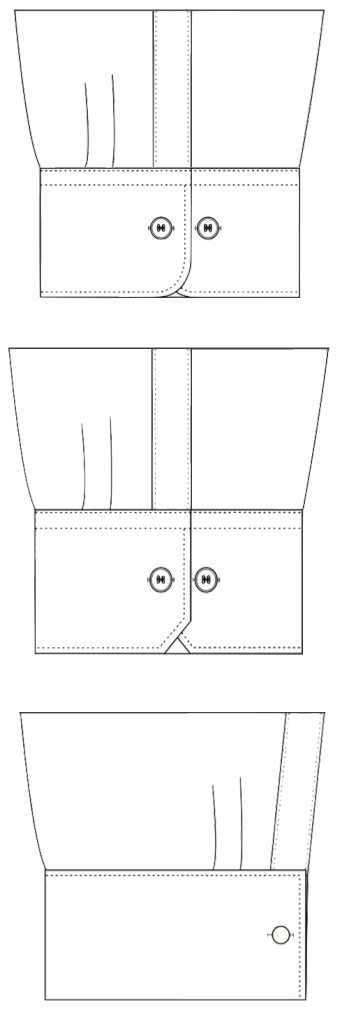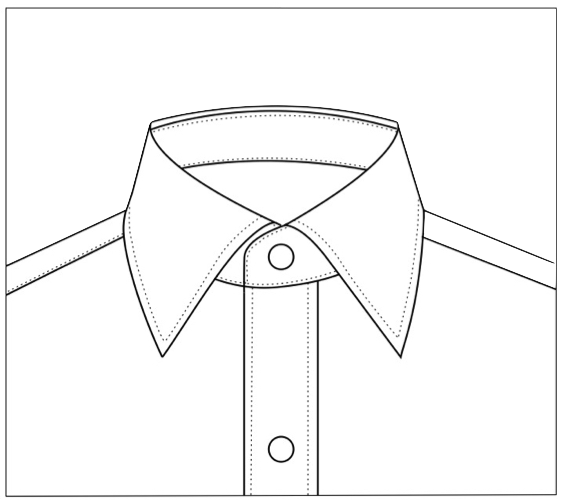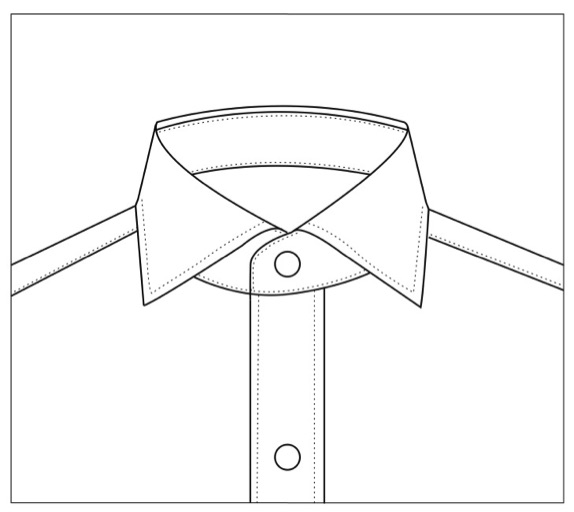From a generous Regular Fit to a structured Tailored Fit, our shirt fit guide will help you find that perfect shirt.
REGULAR FIT
Our Regular Fit is crafted to a classic cut with a generous 6” of fabric volume over the chest measure. This fit features gussets at the base of the side seams and a longer shirt tail to ensure it stays neatly tucked in. A Regular Fit shirt is the ideal choice for the man who prefers a little more room around the body without compromising on a handsome silhouette.
TAILORED FIT
Our Tailored Fit is a contemporary cut that is styled closer to the body with about 4” of fabric volume over the chest measure. This fit has back darts for a clean back fit, a subtly tapered waist, and a slightly shorter length. Not to be confused with a slim fit, a Tailored Fit shirt is more for the man who prefers a comfortably closer fit.
CASUAL FIT
Our Casual Fit is slightly more fitted than our Tailored Fit with 3” of fabric volume over the chest measure. Featuring short sleeves, soft collars and shorter length, this fit is only available in our Natural Bamboo Collection making it perfect for warmer weather.
CLASSIC FIT POLO
Our Classic Fit is designed to offer a more relaxed and comfortable Polo shirt. Cleverly crafted with cotton and elastane, our Polo shirts are are designed for effortless movement and flawless fit.
SLIM FIT T-SHIRT
Our Slim Fit T-shirts are just as comfortable as they are trendy. Made from soft cotton jersey, our T-shirts are fitted closer and slightly shorter than regular t-shirts. It is the perfect addition to your casual wardrobe.
The collar and cuffs of a shirt are an integral part of a man’s ensemble. They are the only two parts of a shirt that immediately visible under a jacket. A proper fitting cuff will ensure that the sleeve ends to the right point on the hand. For the right fit, your cuff size should be about 1.75” larger than the tight measurement of your wrist. Under a jacket, there should only be a half inch of cuff show. Here are Cuff styles we feature in our collection.
ROUND CUFFS
The most traditional of shirt cuffs is the Rounded Cuff – which come in One Button and Two button styles. The Two Button Round cuff has two buttons side by side allowing the cuff to adjust itself to the wearer’s wrist size.
ANGLED CUFFS
The Angled or Mitered cuff is a dressier variation of the Round cuff, the only difference being the angled cut at the base of the cuff, which lends the shirt an interest design detail.
FRENCH CUFFS
The French Cuff is a classic choice for dress shirts in any formal or professional setting. Worn with quality cufflinks, it adds a touch of elegance and richness to your ensemble.
There is more to that perfect shirt than its colour, size and fabric – let’s look to the collar. The shape and style of the shirt collar can make all the difference to your ensemble. Here are the collar styles we feature in our collection. You are sure to find one that suits you and the occasion.
Classic Point Collar
The Classic Point Collar is traditionally the safest choice of collars. Wear it with a tie or go open collar! This collar’s versatile style flatters almost everyone. A selection of our Formal Shirts are designed with a strong and crisp Classic Point Collar with further support from collar stays. Our Casual Shirts feature this collar in a lighter and softer construction for a more relaxed wear.
Button-Down Collar
The classic Button-Down collar features a small button at the tip of each collar point. It’s a very versatile collar and can be styled dressed up or down. Not traditionally worn with a tie, although a knitted tie would work, it’s a great choice for everything from casual days at the office or weekend wear – team it with a casual jacket or blazer for a cool and classy look!
Cutaway Collar
The Cutaway Collar is favourite in bespoke shirting. This collar is characterized by slightly wider collar points with a medium spread and looks pretty good unbuttoned! Some of our casual shirts feature this collar in a lighter and softer construction for a more relaxed wear.
Poplin
Poplin is a one by one weave that gives the fabric a thin, smooth and flat feel. It is very similar to broadcloth. The weight of this fabric can vary from light to medium weight, which makes it very comfortable to wear. It’s a very durable fabric that is definitely less prone to wrinkling, staining and easy to iron. Poplins can vary in the construction, which means it would have an unequal count yard in the warp and the weft.
Broad Cloth
Broadcloth, similar to Poplin, is a tightly woven fabric with a plain weave. The weave of this fabric gives it a soft sheen, which gives shirts made of this fabric a look of luxe. Broadcloth is quite a lightweight fabric, great for warmer weathers. Broadcloths have a symmetrical construction, which means it would have an equal count yard in the warp and the weft.
End-on-End
End-on-End or Fil-A-Fil is a broadcloth with a very distinct contrast warp and weft colour. Woven with a coloured thread on the warp and white on the weft, it looks like a solid plain from a distance, but up close has a more textured appearance. Usually it is a lighter weight fabric.
Oxford Fabrics
There are three types of Oxford fabrics – plain Oxford, Pinpoint Oxford and the more formal Royal Oxford. Oxford cloth has a thicker thread and a looser weave. It has a slightly rougher texture than other shirting fabrics but is more durable. It has a basket weave construction. Shirts in this fabric are popularly used in casual wear. Pinpoint or Pinpoint Oxford is identical to Oxford cloth in its weave but uses a finer yarn and a tighter weave. This fabric is quite durable and a good choice for professional wear.
Dobby
Dobby fabrics are made of weaves that are raised slightly instead of a smooth finish, giving the fabrics more texture and various patterns such as stripes, checks and other geometric patterns. Dobby shirts are quite similar to, but less intricate than, Jacquard shirts. Polo shirts are usually made of Dobby fabric.
Twill
Twill fabrics are known for their diagonal weave. This fabric technically has a front and back side, which is unlike plain weave whose two sides are the same. This weave allows for various patterns like Herringbone, Houndstooth, Sharkskin, Twill Flannel and other. Twills tend to feel softer than Poplins and are more resistant to wrinkles. Even stains are less noticeable on the uneven and textured surfaces of Twills. Twills are very durable making them perfect for sturdy work clothing – Denim, for example, is a Twill.
Bamboo Fabric
Bamboo fabric is a natural textile made from the pulp of bamboo grass. It is considered sustainable, because the bamboo plant grows quickly and does not require the use of herbicides and pesticides to thrive. Bamboo fabric retains many of the same qualities it has as a plant. Bamboo fabric has excellent wicking abilities, which means that the fabric draws or absorbs moisture away from the skin. It also has antibacterial qualities – reducing bacteria that often thrive on clothing and cause unpleasant odors.
Thread counts
Thread count is referred to by a number such as 50’s, 70’s, 80’s, 100’s, 120’s, 140’s, 160’s up to 200’s. These numbers refer to the yarn size – the smaller the number, the thicker the yarn and the higher the number, the finer the yarn.Thread count is one of the indicators of quality, however the mill, ply and the type of cotton all contribute to the quality and luxury of a fabric.
Warp and Weft
The terms warp and weft refers to the threads that make up a fabric. Warp threads are the threads that run vertically along the length of the yardage. Weft threads are the threads that run horizontally from side to side of the yardage.
Two-Ply & Single Ply
Ply refers to how many yarns are twisted together to make a single thread. Two -ply yarns are considered superior to single ply fabrics. Shirting fabrics are most often two-ply and single ply.

